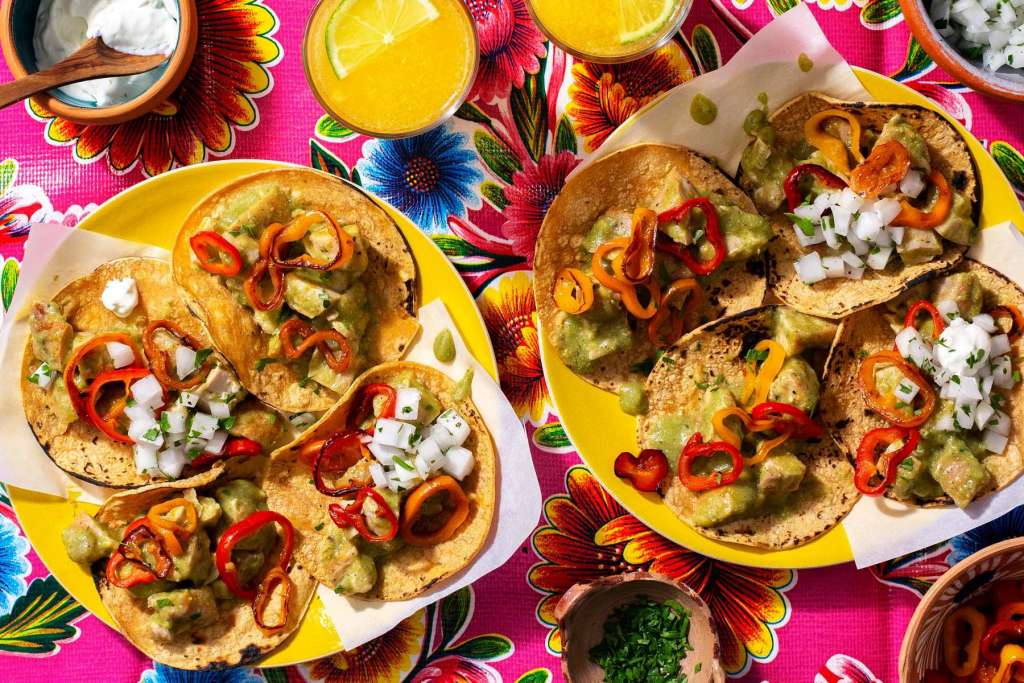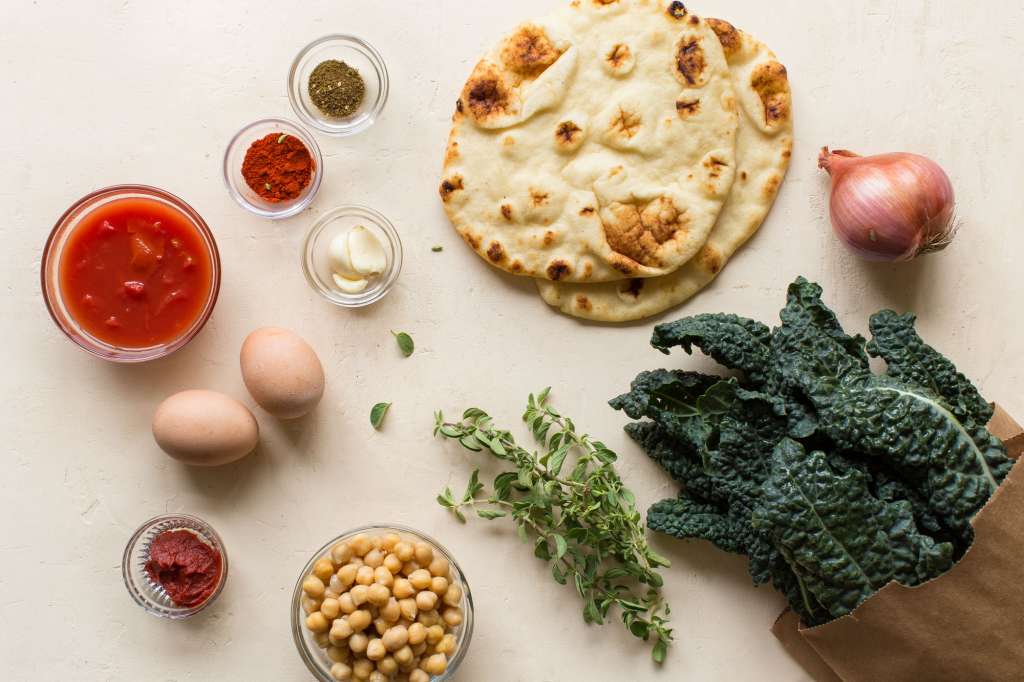Dining at the Persian New Year Table

By the time March rolls around, it can seem like winter may never end, but then comes the Persian New Year celebration Nowruz, which begins at the exact moment of the spring equinox—when the sun crosses the equator going from south to north. The holiday arrives just when we need a sign that spring really is coming.
Celebrated by Iranians around the world (Iranian refers to nationality and Persian to ethnicity, but many Iranian Americans use the terms interchangeably), the festivities span 13 days and include family visits and feasting. Nowruz means “new day” in Farsi, and the season is welcomed with a generous spread of traditional foods meant to bring good fortune. Persians set what they call the haft-seen table, with seven items that start with the letter s. According to Harvard’s Center for Middle Eastern Studies, these dishes represent what people hope to bring into the new year. Sabzeh are sprouts to symbolize rebirth; samanu is a sweet pudding made with wheat, for abundance and fertility; serkeh, or vinegar, is for wisdom and patience; seer is garlic, meant to bring good health; senjed are dried fruits, for love; seeb are apples, for beauty; and somaq are sumac berries that symbolize the colors of dawn.
Over the two-week celebration, Persians eat dishes like kuku sabzi, a frittata-like egg dish made with fresh herbs, with the eggs representing fertility. It’s a dish so brilliantly green it looks like spring on a plate. They’ll eat bowls of ash reshteh, a noodle soup to symbolize the unraveling of troubles in the coming year, snack on ajil, a sort of Persian trail mix of nuts with raisins and other dried fruits, and sweeten their table with sholeh zard, a saffron-hued rice pudding.
To end the 13-day celebration, Persians finish Nowruz with Sizdah Bedar, an outdoor picnic, because there’s no better place to welcome spring than in nature.
Nowruz Pirouz!









